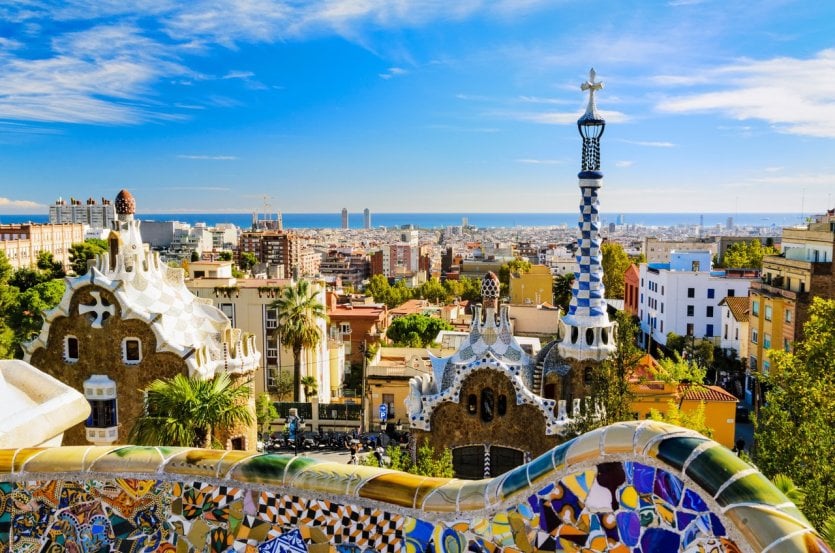
Spain is a popular destination for many travelers. A country with contrasting seasons, but with a mild climate all year round. A land of rich gastronomy and cities with so much to offer, both in terms of heritage and cultural activities. Spain 's rail network is one of the best in the world. In fact, a TGV line passes through no fewer than 6 exceptional cities, each with its own atmosphere and special features. From Catalonia to Aragon, ending in Spain's vibrant capital, here are all the good reasons to embark on a train journey across the Pyrenees that you won't soon forget.
1. In Catalonia: discover Figueres and Girona on the Costa Brava
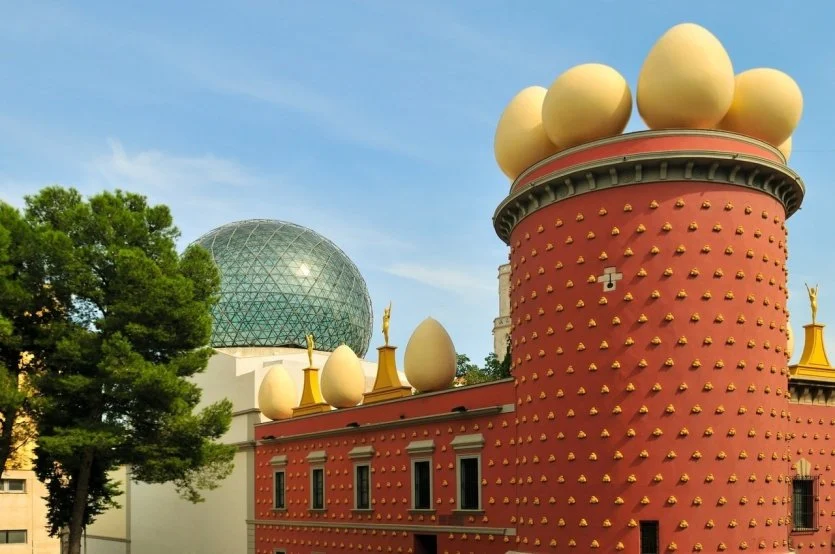
The train journey begins in two of the Costa Brava's most charming towns: Figueres and Girona. In Figueres, the birthplace of the great Salvador Dalí has deep Catalan roots. We begin by embracing the artistic trajectory of this surrealist genius with a visit to the theatre-museum, built on the remains of the town's former municipal theater. The architecture of the capital of Empordà is fascinating, with medieval nuggets, Art Nouveau and neoclassical buildings. After a stroll along the Rambla, a shopping session in the city center and a visit to the beautiful Sant Pere church, head for San Ferran castle for a guided tour of Europe's largest fortress. A stopover in Figueres offers an ideal position forwine tourism in the Empordà region. The region is even criss-crossed by a wine route. More than ever, one of the 10 things to do in Figueres.
The next stop is Girona, a city that has hosted film shoots for the hit series Game of Thrones. One of Girona's must-sees is to lose yourself in the cobbled streets of the old town and discover its Jewish quarter. Of Roman origin, Girona is a blend of styles, with Roman architecture of course, but also medieval, Gothic and modernist. Santa Maria Cathedral is a jewel, as are the ancient Arab baths and the ancient city walls. There are seemingly endless walks in the city. You can round off your stay with a stroll through the Jardins de la Francesa, which combines nature and old stones. Then walk along the Riu Onyar, cross the Eiffel Bridge and marvel at Girona's multicolored facades. We love the Place de l'Indépendance and its restaurant terraces, and we're always enthusiastic about the idea of shopping or having anaperitif on the Rambla de la Llibertat. In short, we always leave satisfied to have visited one of the Costa Brava's most interesting cities.
After a visit to Girona, be sure to check out the 10 must-sees in the Girona Pyrenees!
2. ... then Barcelona and Tarragona
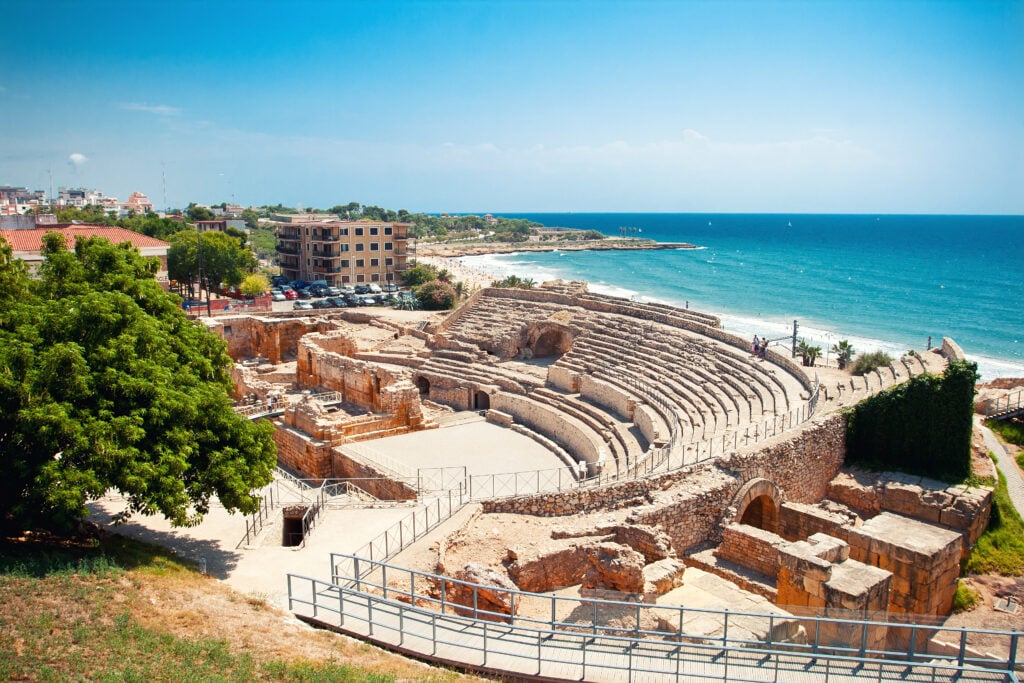
How can you talk about the Costa Brava without mentioning Barcelona? The Catalan city is undoubtedly one of Europe's most popular travel destinations, with its vibrant nightlife, cultural activities and modernist architecture. This next stop on the TGV journey perfectly combines the traditional with the contemporary, in terms of culture, gastronomy, fashion and general shopping. Another genius, Antonio Gaudí, left a unique architectural legacy here, with key landmarks such as the Sagrada Familia, Parc Güell and Casa Batlló. Must-sees in Barcelona. The Barri Gòtic district, the oldest part of the city, is a must-see, as are the mythical rambla, the Boqueria market and La Barceloneta. La Barceloneta, the seaside district of the Catalan capital, has all the ingredients for a great time, with its beach, entertainment and friendly atmosphere.
Back on the train, we head for Tarragona, on the Costa Dorada. We start by passing through the gate on Via de l'Imperi Roma, and set off for a pleasant stroll along the narrow, colorful streets. Many of the bars have terraces where you can enjoy a refreshing drink. Later, a stroll along the Rambla will take you to the Mediterranean balcony for a memorable view of the waterfront. For beach enthusiasts, the Miracle beach is the place to be for locals and visitors alike to soak up the sunshine. Tarragona boasts a rich heritage, with an ancient necropolis and an exceptional Roman archaeological complex. The Roman forum, the Praetorium tower and the amphitheatre overlooking the sea are a must-see! When visiting Tarragona for St. Jordi's Day (April 23), St. Magí's Day (August 19), St. Thecla's Day (September 11-24) or the Concours de Castells, held every two years and next scheduled for 2024, travelers will have the opportunity to discover a tradition that is particularly deeply rooted in the city. As a reminder, these human towers have been declared Intangible Cultural Heritage of Humanity by Unesco. Tarragona is all about Mediterranean charm and thrills.
3. Go to Aragon and visit the capital, Zaragoza
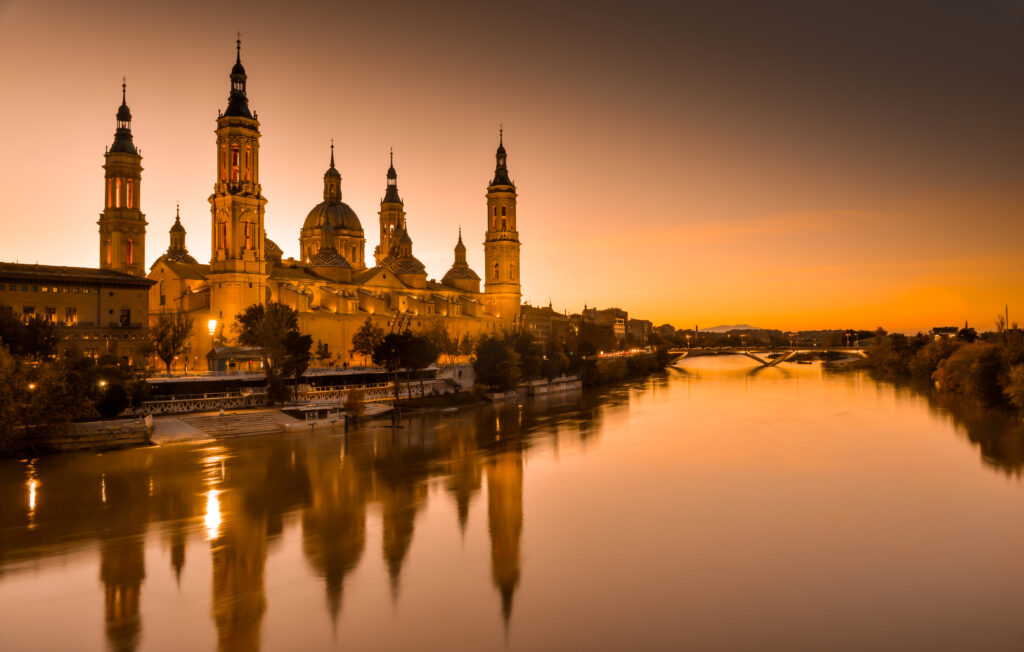
After Catalonia, the train takes visitors to another Spanish region, Aragon. Here, they discover the capital city of Zaragoza, another city with a vast architectural and historical heritage. The city's buildings are a blend of styles and epochs, with a heritage drawn from a variety of cultures. The city's symbol, the Basilica of Our Lady of the Pillar, is a marvel of Baroque art. It houses splendid frescoes by Francisco de Goya and the Virgen del Pilar, patron saint of the city. Other sights include the Aljafería Palace, the only Hispanic Islamic building from the Taifa period, Zaragoza's Saint Saviour's Cathedral, the remains of the Roman wall and the Stone Bridge. In Zaragoza, strolls along the River Ebro allow you to enjoy many of the city's splendors.
Just before lunchtime - and there are many good places to eat in Zaragoza - we take advantage of the vermouth hour to enjoy this drink that goes divinely with tapas. Tapas are a deeply rooted gastronomic tradition in Aragon's flagship city, and are the subject of an annual competition in November. The Tubo district remains the most popular spot for tapas, with bars offering different specialties along this labyrinth of streets. The atmosphere is particularly lively at the end of the day. You can also take part in gastronomic guided tours of Zaragoza. This Spanish city is a sight to behold and a treat for the taste buds. Food lovers beware!
4. ... and finish in Madrid!
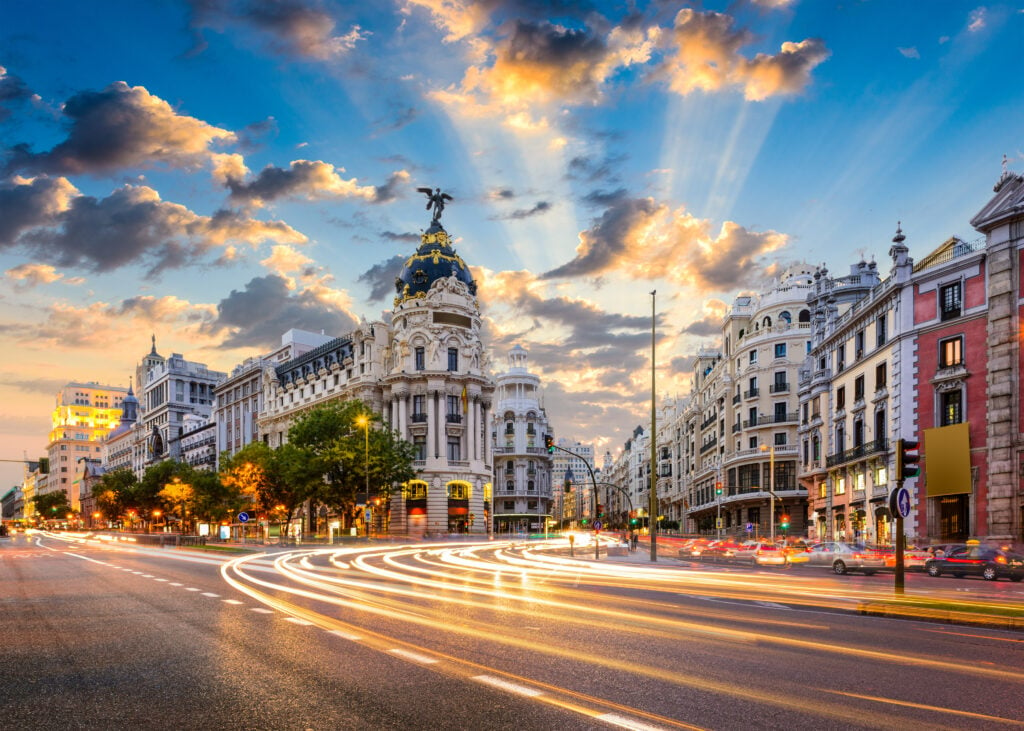
Cosmopolitan, open-minded and bustling 24 hours a day, the Spanish capital is the last stop on this train journey. Madrid fascinates on every level. From the beauty of its monuments, such as those surrounding the bustling Plaza Mayor, to the Las Ventas bullring, the Palace of Cybele, the Almudena Cathedral, the Royal Palace and the 2200-year-old Egyptian remains of the Temple of Debod. In Madrid, you simply have to stroll the streets of its neighborhoods. Go shopping in the Salamanca district, or at night in the Chueca district for a drink, tapas and dancing.
The Spanish capital has a dense cultural offering. It's impossible to miss a moment in a tablao to watch a flamenco show. On the Plaça d'Oriente, the Teatro Real boasts one of Europe's best acoustics for opera. There are also a number of museums to explore. Prestigious ones, like the Prado and the Thyssen Bornemisza museums, but also more intimate ones, like the Sorolla museum. Located in the last house inhabited by the painter Joaquín Sorolla, it brings together objects that the artist collected during his life. And don't miss the new Royal Collections Gallery. Located within the Royal Palace, travelers will discover paintings, sculptures, tapestries and many other objets d'art that reveal the artistic tastes of protagonists of Spanish royalty.
It's always a pleasure to take a few moments to recharge your batteries in Madrid. In the must-see Retiro Park, with its statues, water features and remarkable buildings, or in the Royal Botanical Garden, with its rich variety of plant species.
Do you love Spain? Discover the 21 most beautiful places to visit?


